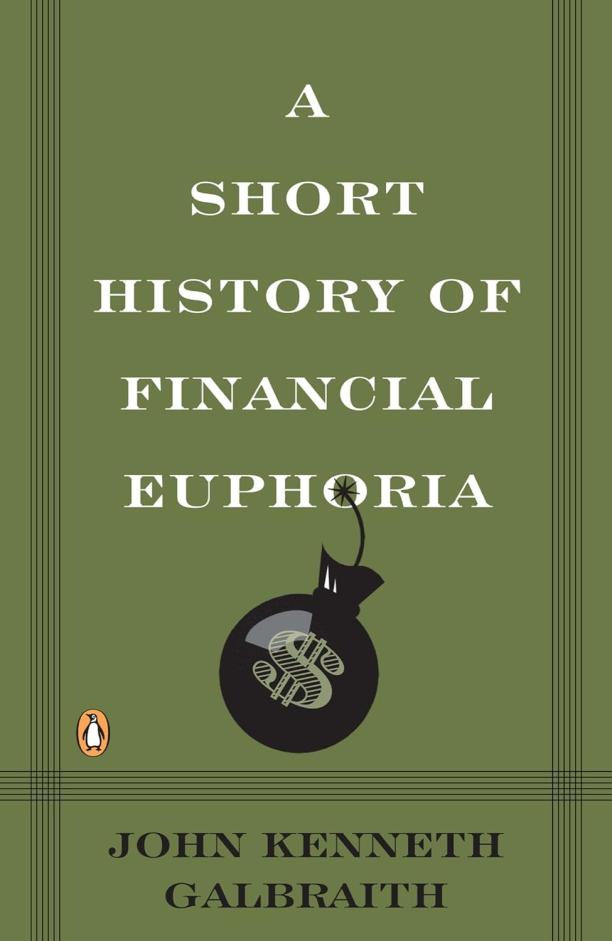Summary:
The book analyzes the recurring patterns and psychology behind financial bubbles throughout history, illustrating how excessive optimism, herd behavior, and speculation lead to economic crises. It provides case studies of major financial euphoria events, such as the Tulip Mania and the 1929 stock market crash, to demonstrate the folly of investors who believe "this time is different."
Key points:
1. Financial Amnesia: Galbraith discusses how investors often forget past financial disasters, leading to irrational exuberance and crashes.
Books similar to "A Short History of Financial Euphoria ":
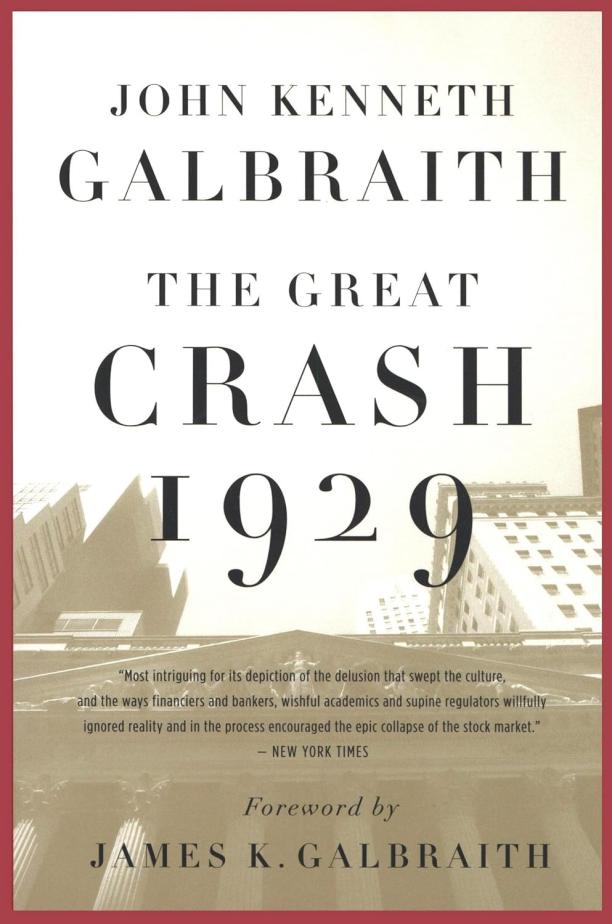
The Great Crash 1929
John Kenneth Galbraith
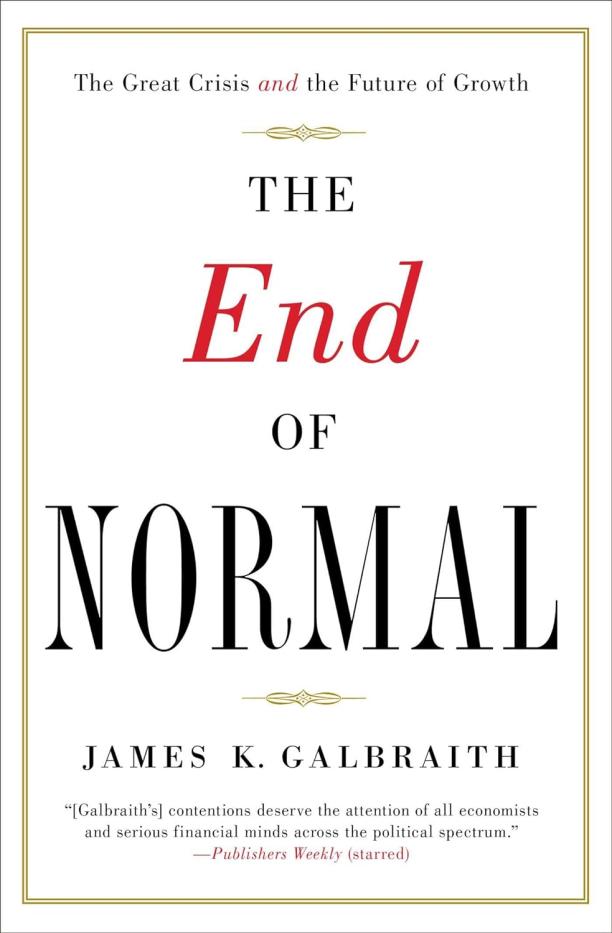
The End of Normal
James K. Galbraith
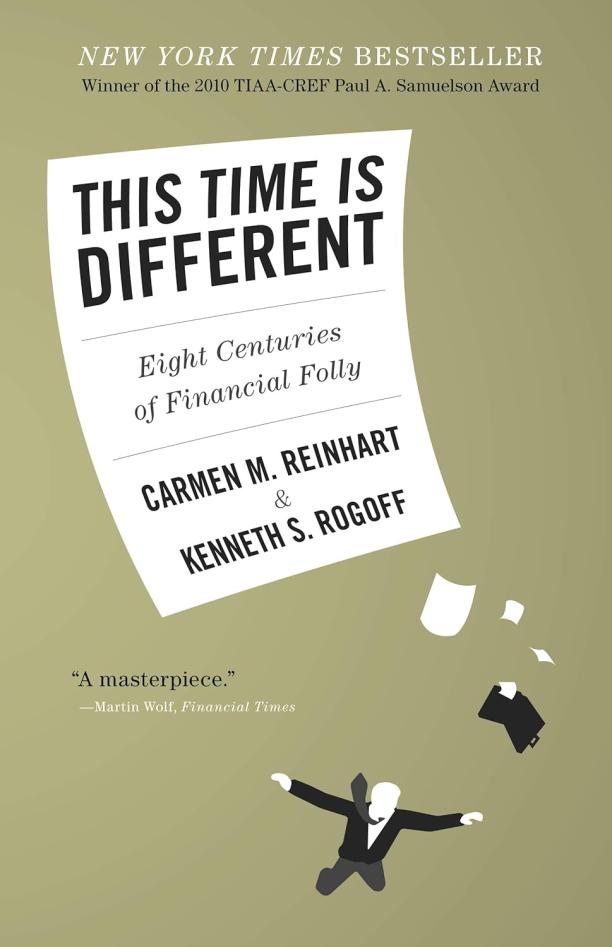
This Time Is Different
Carmen M. Reinhart|Kenneth S. Rogoff
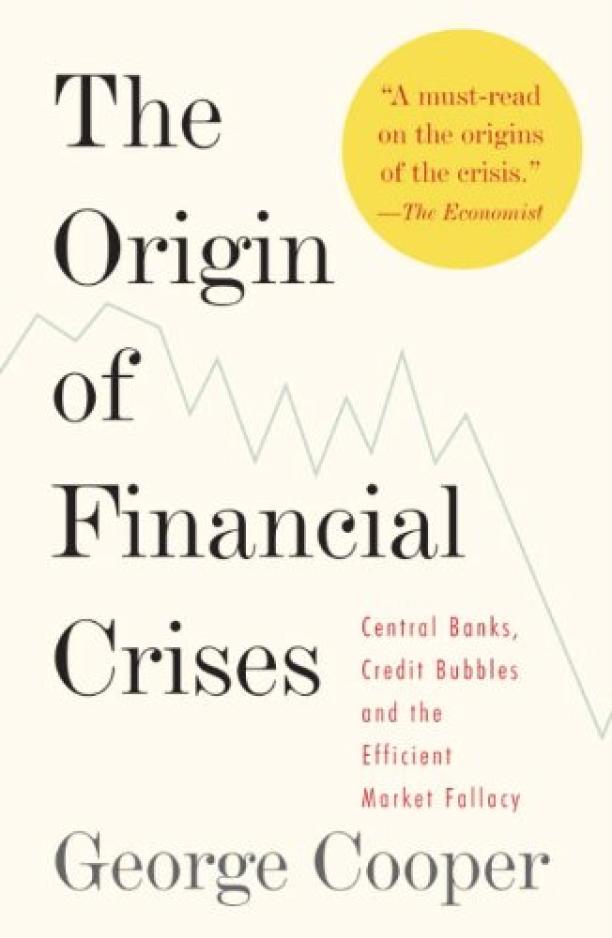
The Origin of Financial Crises
George Cooper
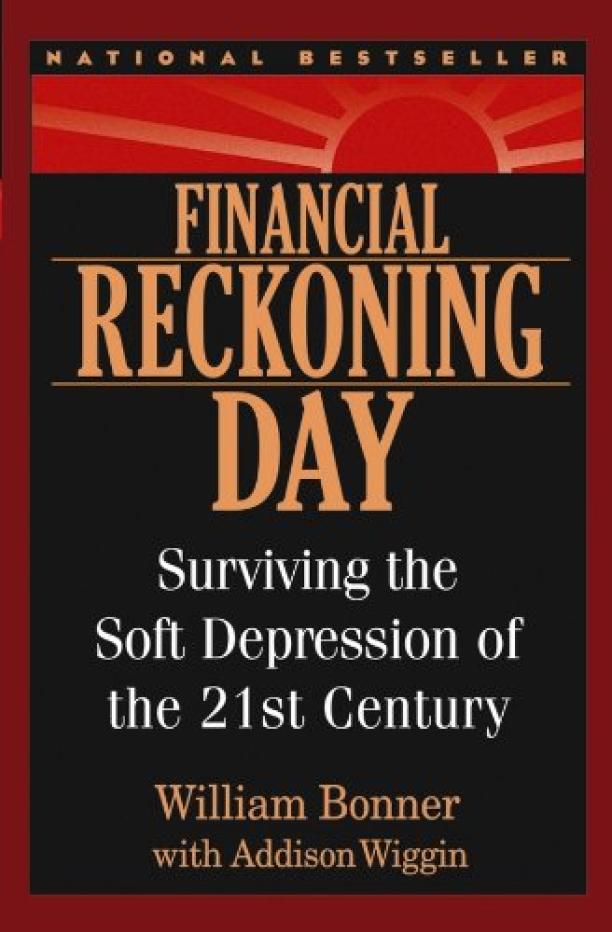
Financial Reckoning Day
William Bonner|Addison Wiggin
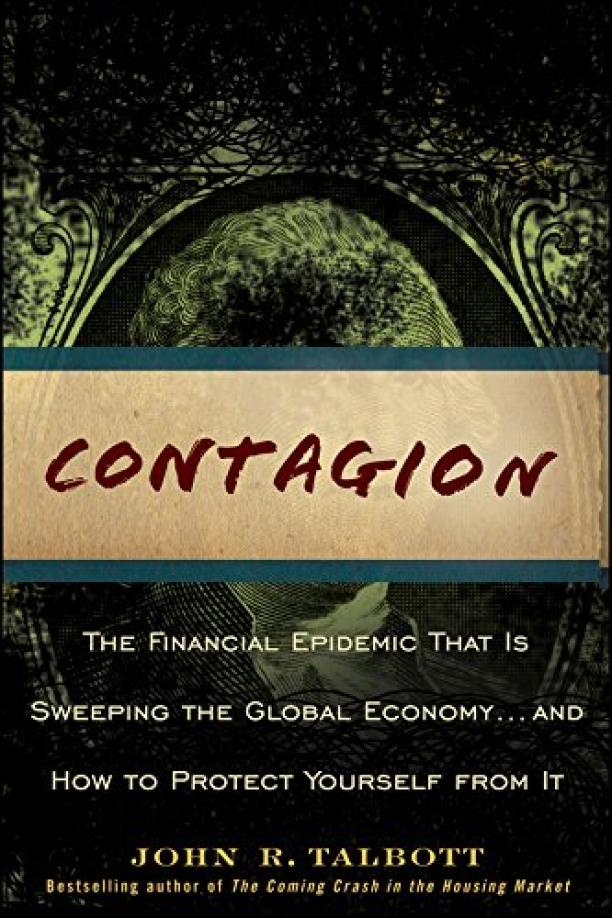
Contagion
John R. Talbott
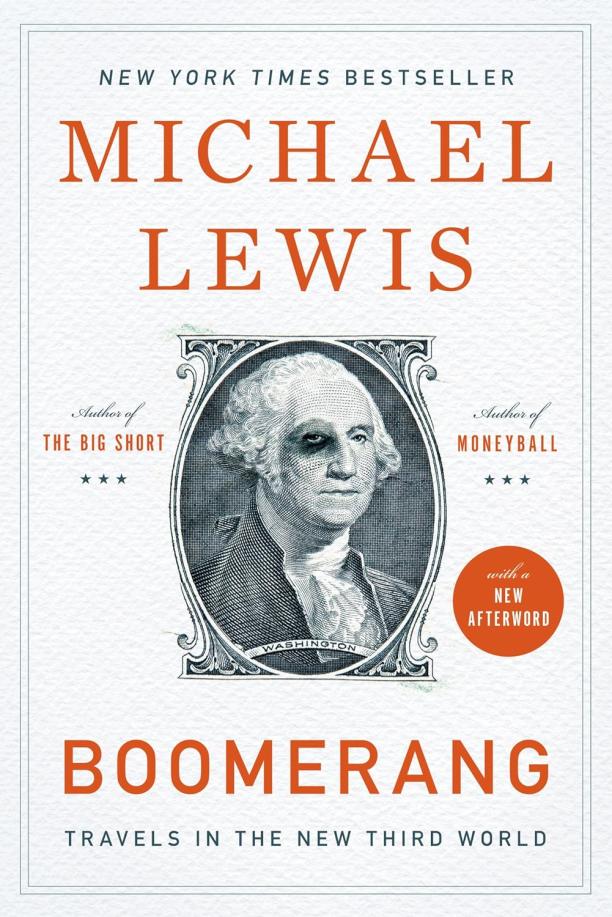
Boomerang
Michael Lewis
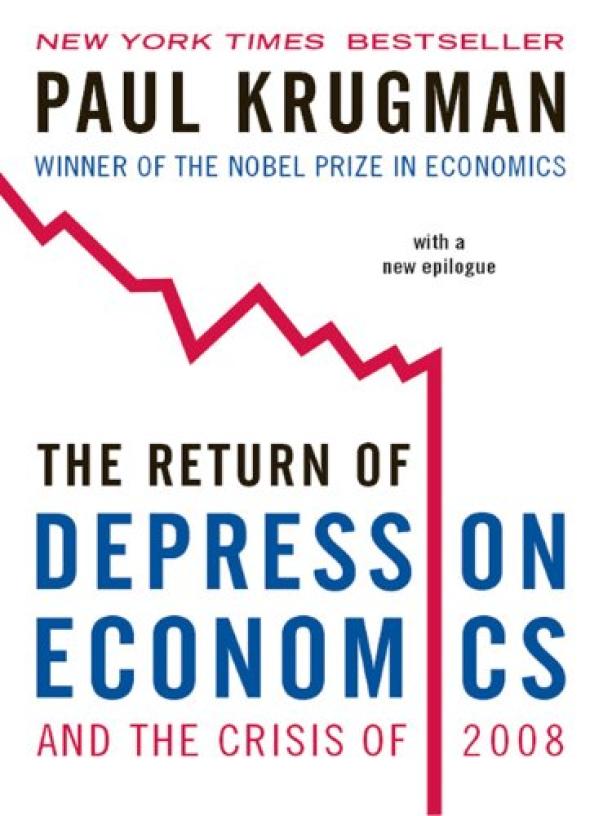
The Return of Depression Economics and the Crisis of 2008
Paul Krugman
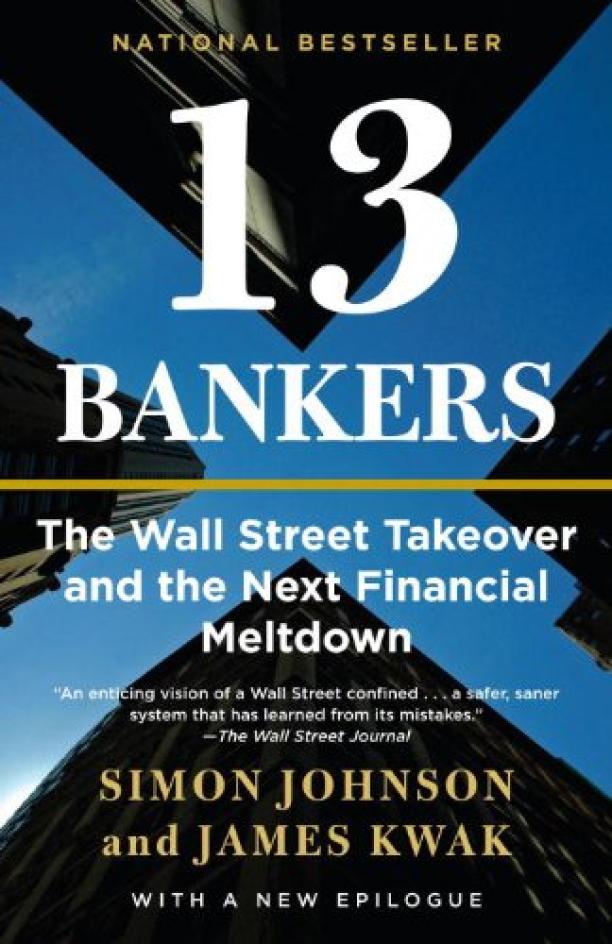
13 Bankers
Simon Johnson|James Kwak
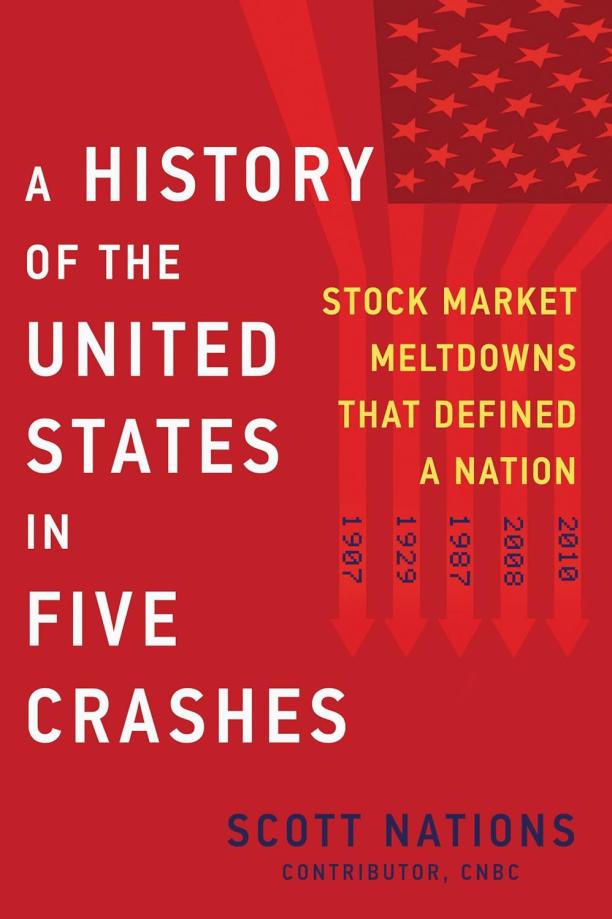
A History of the United States in Five Crashes
Scott Nations
